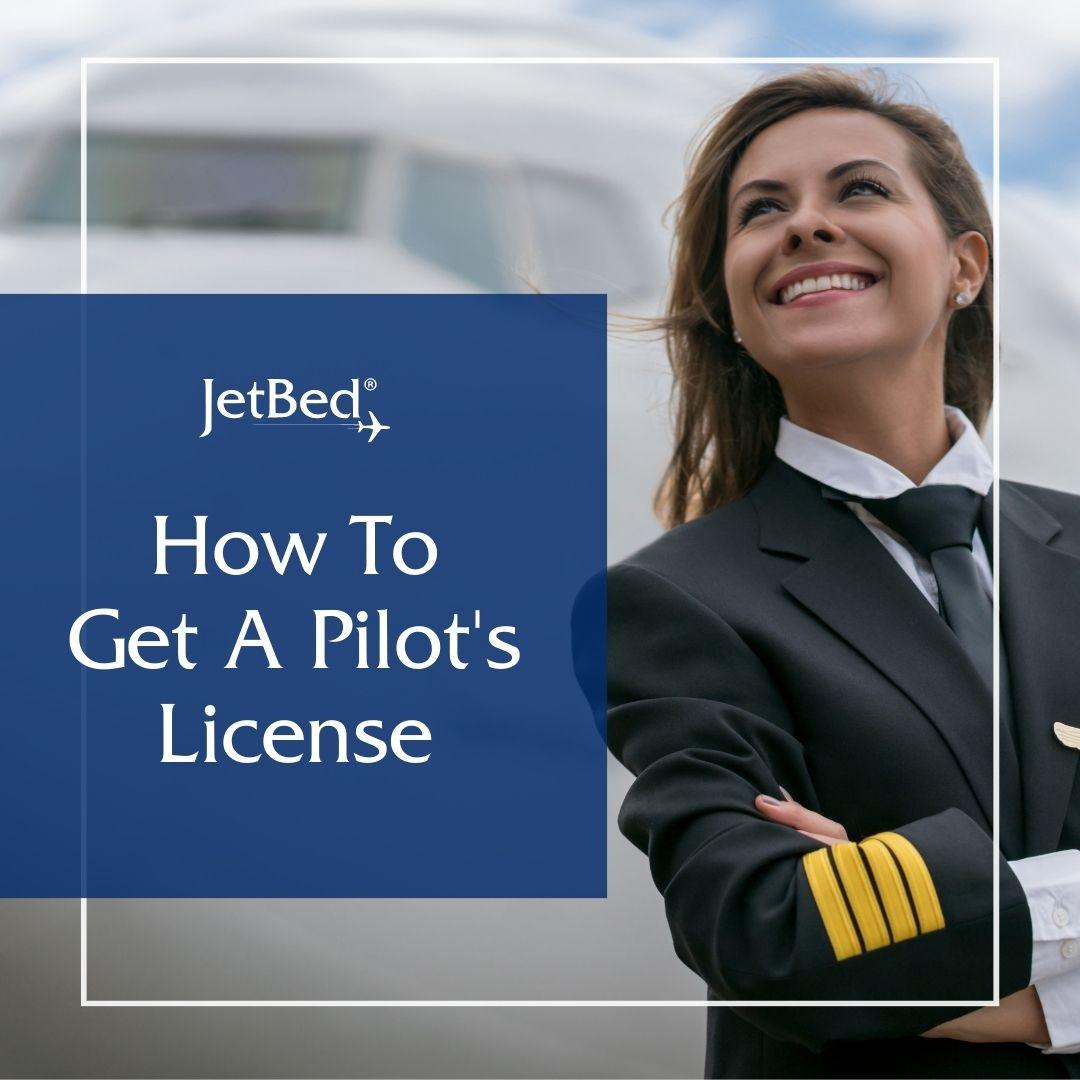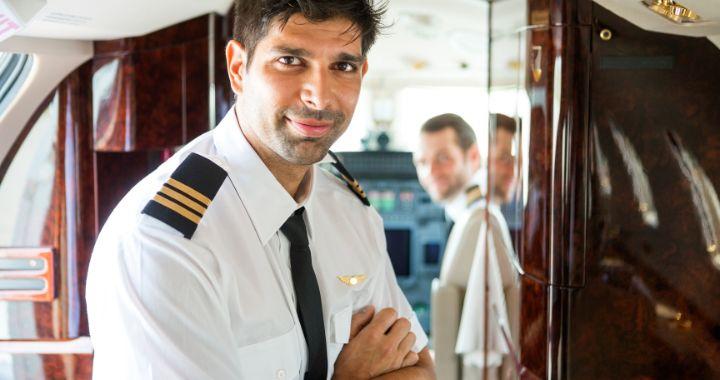There is something truly special about flying an aircraft. As the pilot, you are trusted with the invaluable responsibility of safely transporting passengers through the sky. While commercial airlines require an airline transport pilot license with thousands of hours of experience, light aircraft and private planes can also be flown – as long as you have the proper certification.
Obtaining a professional pilot’s license is an achievable goal for anyone with a dedication to learning aeronautical knowledge and flight skills. Whether you dream of pursuing an aviation career or simply enjoy recreational flying, a private pilot license allows you to legally take the controls and fly solo whenever you need to.
Today, we want to share a basic guide on how anyone can work towards earning their pilot’s license from the Federal Aviation Administration (FAA). With sufficient time committed to flight training, preparation studying, and guidance from qualified flight instructors, the private pilot certificate is within reach.
Let’s explore the key steps one must complete to obtain this essential airman certification and join the ranks of those trusted with operating aircraft.
Before you dive in, be sure to check out our range of JetBeds. Made in the USA, Jetbeds are the most comfortable way to fly!

How To Get A Pilot’s License
Before beginning flight training, there are several things you need to prepare and understand as you start your journey towards a pilot’s license.
First, check the minimum age requirement which is currently 16 years old. You’ll also need to demonstrate basic English proficiency through reading, writing, speaking and comprehending the language at a third-grade level. This ensures pilots can communicate effectively during flight operations.
Finances should also be considered. Expect to spend $8,000-$15,000 on average for flight lessons, written exam fees, medical certificates and other costs associated with training. Make sure to budget appropriately or explore financing options.
Additionally, commit to dedicating both time and effort. The average pilot takes around 8-10 months of consistent training to complete all hours and lessons. Be ready for many hours of both ground and flight instruction, likely 2-3 lessons per week. Self-study will also be necessary.
Once prepared, you can begin with the first step – obtaining the student pilot certificate by passing an initial flight review with your instructor. This allows you to log starts towards your minimum flight hours and officially marks the beginning of your pilot training journey.
Pilot License Requirements
- Be at least 16 years old
- Be able to read, speak, write, and understand the English language
- Possess at least a third-grade level of education
- Obtain a Student Pilot Certificate
- Complete 40 hours of flight instruction
- Conduct 20 hours of solo flight time
- Hold a First or Second Class Medical Certificate
- Complete 3 hours of flight training in preparation for the practical exam within 60 days
- Pass the private pilot knowledge exam
- Pass the private pilot practical flight exam
- Have a total of at least 40 hours of flight time, including 35 hours of flight training from an authorized flight instructor and 5 hours of solo flight
- Possess the required aeronautical knowledge by understanding topics like aviation weather, safe and efficient aircraft operation, aerodynamics, FAA regulations, etc.

Steps To Become A Pilot
Step 1: Earn Your Student Pilot Certificate
The first step is to obtain a Student Pilot Certificate after passing a medical exam. This allows you to fly with an instructor but not solo. It’s required to log flight hours and training to advance. You’ll need TSA clearance too.
Step 2: Complete Ground School Training
Private pilot ground school covers aeronautical knowledge subjects to pass the written exam. Topics include regulations, meteorology, flight physiology, aircraft systems and performance. Online/in-person classes help build a firm knowledge base.
Step 3: Start Flight Training
Now you can begin lessons! Practice maneuvers, takeoffs/landings, stall recovery and cross-country flights with an instructor who will teach you skills and endorse you for solo flight once competent.
Step 4: Conduct Solo Flight Hours
Once signed off, you’ll start taking to the skies independently. Log minimum solo hours conducting various procedures and maneuvers. This hands-on experience boosts confidence. Log at least 40 hours of flight time including 20 hours of flight instruction from your certified flight instructor.
Step 5: Pass the Knowledge Exam
Demonstrate your understanding of aeronautical concepts by passing the comprehensive FAA Private Pilot-Airplane written test at an approved testing center.
Step 6: Complete Your Practical Test
Next, you have to prove your skills! A Designated Pilot Examiner (DPE) will evaluate maneuvers, emergency procedures and decision-making during an oral and flight test. Expect a minimum checkride length of 1-2 hours.
Step 7: Receive Your License
Upon successfully passing all tests and logging the required 40+ hours, the FAA will issue your Private Pilot Certificate, allowing you to act as PIC of light aircraft and legally pilot an aircraft as per limitations as discussed in the post on “how many pilots fly a plane”.
Step 8: Stay Proficient with Recurrent Training
Biennial Flight Reviews are necessary to retain pilot privileges along with recommended IFR, night vision and systems upgrade training.

With hard work, dedication, and the right direction, you can be a pilot too.
Becoming a pilot takes dedication, hard work and perseverance. But for those with a passion for aviation, pursuing a private pilot license opens up the opportunity to enjoy the freedom of flight. You can easily stand out in the field as a recreational pilot with basic private pilot training.
While the training process consists of many steps and requirements, breaking it down systematically and seeking guidance from qualified instructors makes it achievable for any motivated individual. With discipline and a commitment to learning, any pilot aspirations can be realized.
Obtaining that coveted certificate is just the start of one’s aviation journey. Continued education through proficiency training, advanced ratings and excellence programs like AQP help pilots progressively grow their skills. For more on AQP, read up on our post “What is AQP in Aviation?”.
For those ready to take to the skies, hopefully, this guide has provided a clear overview to get started on the path toward earning a private pilot license. Following the outlined process will allow one to join the ranks of those entrusted with operating private aircraft legally and safely.
Don’t forget to check JetBed to outfit your aircraft for restful flights, too! With different state-of-the-art options to suit various aircraft, JetBed ticks all the boxes for all you need to make your aircraft seats comfortable and durable. It’s easy to use and lightweight, and with our large collection of options to fit almost every aircraft, there’s no reason it’s not available on every private aircraft you board!
More on how you can easily design and purchase the right JetBed for you on our website, HERE.

